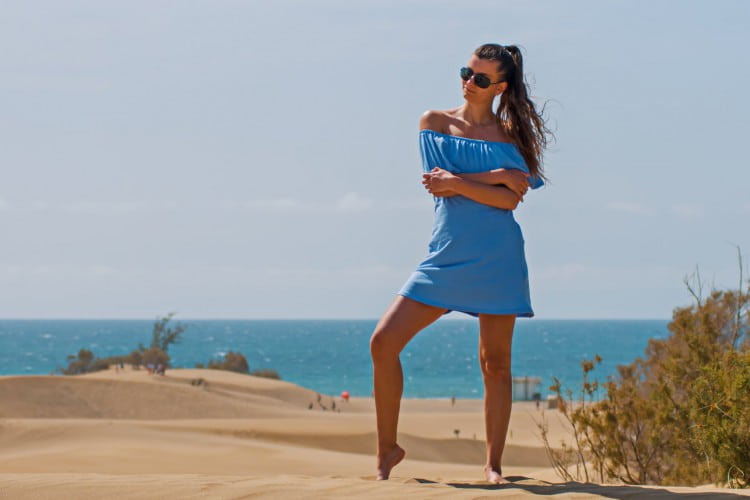
Many photographers take amazing pictures, dominate all camera settings and settings, frames, compositions, but when it comes to that final touch of photo editing, they spoil everything. If you think you are one or two, on the contrary, many people miss the effects of the image at the time of final editing. Other people, most of whom do not know how to tinker with photo editing software, say they prefer not to handle the photo, to preserve the original image.
Despite this discourse, as long as photography exists we find ways to tinker with it to get the best message or create a style of its own. This is only an exception in photojournalism and even then, it does not hurt to increase the contrast or reduce the noise. From the moment you choose the angle and framing of an image, you are manipulating reality, so use weightless editing in consciousness.It is ideal to highlight some element that is already good in your photo, or to convey a style of your own, defining a visual identity to the photographer.
Analog and digital
There are many ways to change an image. In chemical photography, this is done based on the choice of the film, filters at the time of the click or the various processes of revelation. One is the magnification, which is responsible for the final result of the photo. At this point, you can add contrast, brighten, darken parts of the photo, and even remove some unwanted elements.
With digital photography, we can edit the image through the cell phone, tablet or computer. If you want to print these photos, you have no problem, and you can still choose the paper you want.
What can I do in editing?
Crop and align: If some elements on the sides are not making sense to the image, do not think twice before cutting them from the photo. This causes the photo to lose some quality, but if it is for the benefit of the main element of the photo retouching, cut it down.
Alignment: One of the greatest wonders of post production is adjusting the alignment. Everyone knows how difficult a perfect alignment is, sometimes a shaky or other spoils the photo and in many cases, an alignment or other in the edition saves your photo in an incredible way.
Histogram: It is a graph that shows, in detail, the lighting information of the photo. Using it you can know how many pixels in the photo are formed by shadows, lights and midtones. It is a computer, which takes each pixel of the photo and measures the luminosity, forming an entire histogram.
Dynamic range: If you are in a bright place that the photo can’t capture the image, or the miraculous adjustments of your digital camera, you can solve this in the editing, darkening the image until it is good to be viewed.
Photo tip for you: when shooting in RAW vice you can capture more details of the image!
Contrast: Contrast is the simplest to add and you can control it to intensify light and dark areas of the image. Just pay attention, because what is dark gets darker as you increase the contrast, and what is clear becomes even clearer. An image with optimal contrast conveys a vivid, dramatized image idea, while one with less contrast appears light, smooth. Choose what you want to convey and pass your message by adjusting the contrast of the photo.
Burn / dodge: While the contrast changes the exposure of the image as a whole, the burn or dodge only changes certain areas of the image. Let’s start by explaining what each one does. The burn gets dark and the dodge clears. It is available in applications such as lightroom, photoshop and various image editors.
Legitimately your camera may decay your picture or it’s a bit request, so you can take the alternative to pivot it immediately. Utilize the slider straightforwardly to bolts for all out change or bolt flip.
Display. Fix the picture at any rate or more with this instrument. The light changes your general appearance, the highlights make your splendid tones brilliant or profound, the shadow makes dark tones brilliant or profound and the differentiation adjustes the contrast between your light and the dark tones.
Sindh: Group of onlookers says how quick your shading is. By modifying the goals slider in hues just distinctive and brilliant or fine and wash.
Quick: Sharing thankfulness is to be finished with the meaning of the line, and some more subtleties show more. When you see fast things, your picture shows up when you see your picture subsequent to changing the amazing and portrayal slider. . For the best outcomes, accelerate the last thing in your alter line.
